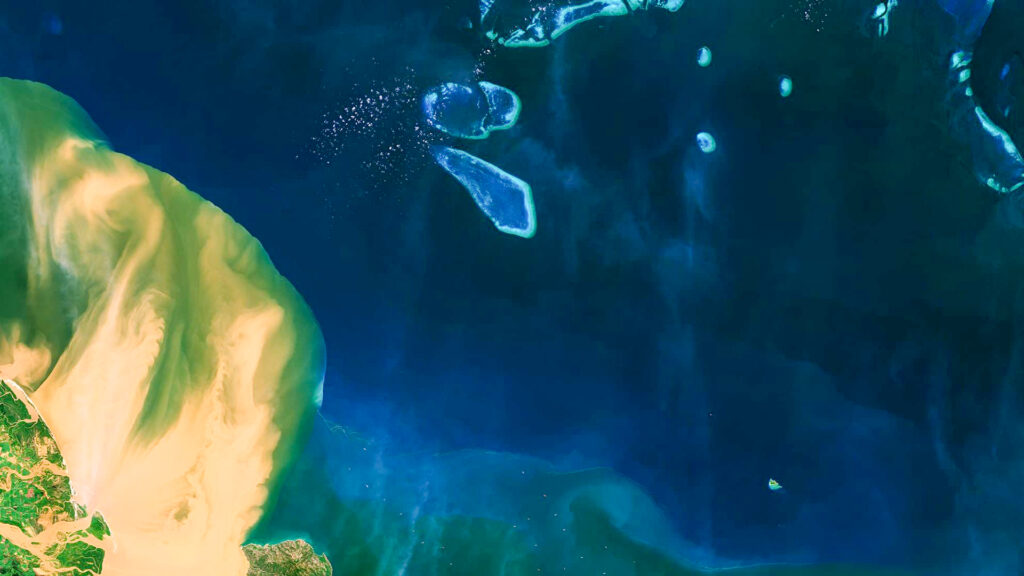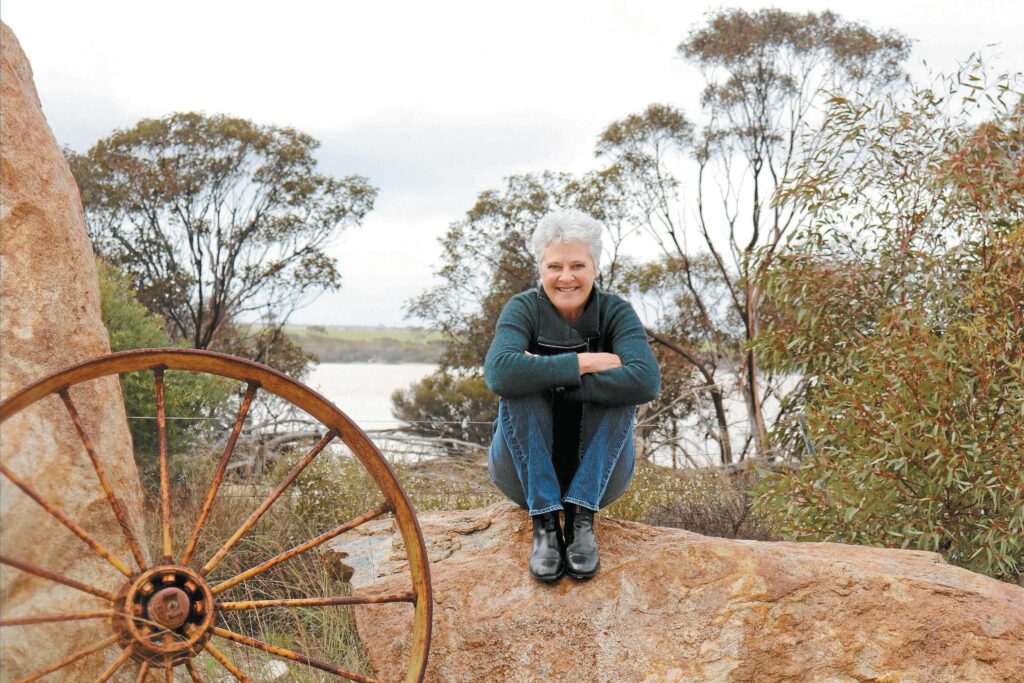By STAFF REPORTER


New research has painted a grim picture for the future of Australia’s seagrass meadows, with some areas under threat of decimation from coastal development, marine sediments and climate change.
A grim picture has been painted for the future of Australia’s seagrass meadows, with some areas under threat of decimation from coastal development, marine sediments and climate change.
It appears threats to seagrass meadows in Eastern Australia are even worse than those facing seagrass off the WA coast.
Edith Cowan University (ECU) scientists say they have been the first to map the current and future risks to Australia’s seagrass meadows across the continent’s entire 35,000km coastline.
They say while the news is not good, it does provide vital information to understand and prioritise these threats, to ensure our important marine ecosystems survive and thrive.
Lead researcher Associate Professor Kathryn McMahon from ECU said the study was the first to provide a national overview of threats that identified the risk to ecosystems at a local level.
“We’ve analysed the threats in individual 10sqkm blocks and overlayed them with where seagrass meadows are present to give an understanding of which threats seagrasses are facing in particular areas of the country,” she said.
“The challenges facing seagrass in tropical north Queensland are very different from those on the south coast of WA or in NSW.
“This approach will allow governments and environmental managers to use our research to make decisions about how to conserve seagrass meadows in the most effective manner.”
Recent rains a sign of things to come
Professor McMahon said the record-breaking rains affecting much of Australia’s east coast in 2022 could become much more common with climate change in this region — and that’s bad news for seagrasses.
Just like terrestrial plants, seagrass needs light to survive. If there is too much mud, dirt or other material washed into the waterways it reduces the amount of light reaching their leaves, affecting their growth or even killing off entire meadows.
“These flood events are one of the biggest risks facing seagrasses along the east coast, but our research shows they are not as likely in other areas,” Professor McMahon said.
“For example, seagrass on the NSW coast is at high risk from increasing rainfall in the future, which can wash sediments into rivers and estuaries.
“There is also a risk from what we call resuspension of sediment, when storms or cyclones pick up this material and drag it up into the water column.
“Seagrasses in Queensland and the tropical north of the country have a high risk from resuspension from those cyclones and storms.”
Both eastern regions will be at much greater risk from these threats as temperature and rainfall increase with climate change and these extreme weather events become more common.
Conversely, Professor McMahon said seagrass on the Western Australian coast will be at far lower risk as it is known that rainfall in that part of the country is decreasing.
No time like the present
Recent announcements by the Federal Government have put the value of seagrass ecosystems, and their ongoing preservation, on the national agenda as governments seek to put an economic value on their ocean resources.
The value of seagrass in offsetting climate change has been demonstrated by previous ECU research. Coastal marine ecosystems, including seagrass, salt marshes and mangroves absorb and sequester carbon dioxide, now known as blue carbon.
Associate Professor McMahon said this new research gave organisations looking to preserve marine ecosystems a better idea of the kinds of threats they faced.
The research team included the University of Western Australia, the University of Queensland, University of New South Wales, the University of Adelaide, Queensland University of Technology and the WA Department of Water and Environmental Regulation.
The Risk of Multiple Anthropogenic and Climate Change Threats Must Be Considered for Continental Scale Conservation and Management of Seagrass Habitat was published in Frontiers in Marine Science.



